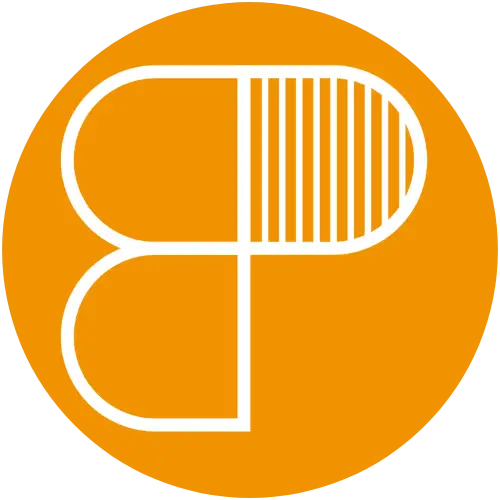Intelligent technologies in response to urban challenges
As part of the Green Deal, the countries of Europe have agreed to reduce CO2 emissions by 55% by 2030.
The transport sector is an important pillar in achieving this target.
In addition to the fleet targets for cars and light commercial vehicles and the development of a charging infrastructure for alternative fuels, public transport is a potentially important success factor for achieving the target.
In order to achieve this goal, priorities in public transport must be shifted.
In the planning of the past decades, national and international traffic was given the highest priority.
The political priority of massively reducing private transport in cities has strengthened agglomeration transport throughout Europe.
Between ambitious transport planning and labor market shortages
This re-paradigmatization means completely new priorities in public transport.
This new paradigm means that rail, bus and subway must be completely realigned with each other.
Whereas in the past, all means of public transport were subordinate to international traffic.
This paradigm shift means that transport planning must be massively increased both quantitatively and qualitatively in order to make the switch to public transport more attractive for passengers.
Unfortunately, these demands come up against a thinned-out labor market and lead to work overload and increased susceptibility to errors among existing employees (see the current strikes in Germany).
How can this challenge be solved? Planning is now being turned on its head and transport deployment plans are being adapted to urban developments.
Areas with a high proportion of residential development are given means of transport with high capacities and areas with a low population density are reduced in number and equipped with means of transport with lower transport capacities.
In the rail sector, one solution could be the use of AI as part of the ETCS – European Train Control System.
The ETCS is the basis for ATO – automated train operation.
ETCS and ATO are already being tested on selected test routes and are delivering satisfactory results.
From ThamesLink to GoA4 – successful examples of automation in public transport
One example of a successful application is the London local transport system ThamesLink, where 100,000 journeys are currently being implemented with ETCS and 80,000 journeys with ATO. In the European subway system, ATO is not only used in basic operation, but is already being used up to the fourth level of automation – GoA4. With GoA4, staff are no longer responsible for safe operation and can be deployed for other activities such as guest services, despite enormous passenger transport capacities. Successfully implemented GoA4 metro lines can be found in Milan, Turin and Copenhagen, and similar successes in automating and relieving the workload of the driving personnel can be achieved by using cable cars. The Leitner company calls its solution ConnX.

Limitations and lessons learned
The approach of local authorities to help relieve the burden on public transport by developing cycle highways has unfortunately not proved successful in Central Europe.
One example is the Zurich cycle highway.
On a certain section of the route, an increase in bicycle journeys of 60% – from 25,000 journeys per month to 42,000 journeys per month – has relieved the burden on public transport.
Unfortunately, these frequency figures can only be achieved in spring and fall.
In cold months such as December, only 15,000 journeys out of a total of 42,000 journeys are available.
The positive finding from the Zurich model is that monthly employee planning can also relieve the burden.
Picture: Credit: Kevin Fujii/Civil Beat/2023
Conclusio
The necessary expansion of public transport as part of the Green Deal requires an increase in the number of means of transport involved.
As the labor market does not provide sufficient personnel, AI-based approaches must be increasingly implemented or seasonal employee scheduling must be considered.
Let’start talking for getting your place to a BrightPlace!
LinkedIn email Twitter WhatsApp





